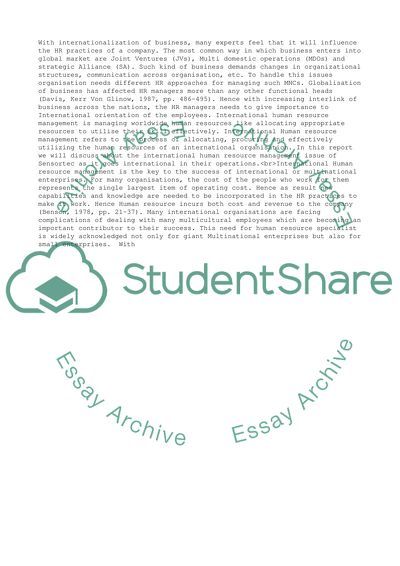Cite this document
(International Human Resource Management Assignment - 3, n.d.)
International Human Resource Management Assignment - 3. https://studentshare.org/human-resources/1805298-international-human-resource-management
International Human Resource Management Assignment - 3. https://studentshare.org/human-resources/1805298-international-human-resource-management
(International Human Resource Management Assignment - 3)
International Human Resource Management Assignment - 3. https://studentshare.org/human-resources/1805298-international-human-resource-management.
International Human Resource Management Assignment - 3. https://studentshare.org/human-resources/1805298-international-human-resource-management.
“International Human Resource Management Assignment - 3”. https://studentshare.org/human-resources/1805298-international-human-resource-management.


